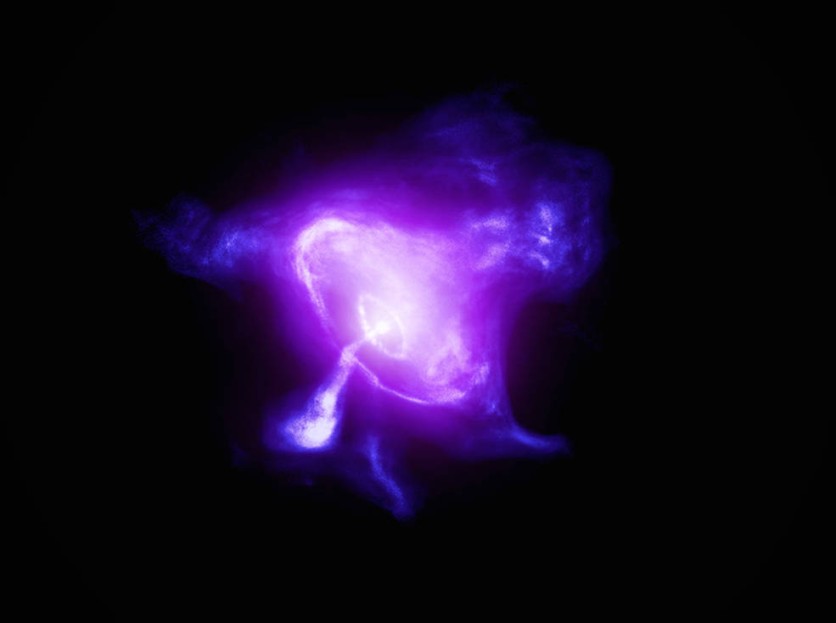NASA's Imaging X-ray Polarimetry Explorer (IXPE) has produced a detailed map of the magnetic field of the Crab Nebula. The Crab Nebula is a cosmic object located 6,500 light-years away, resulting from a supernova in 1054.

The Inner Workings of the Crab Nebula
The IXPE satellite was launched on December 9, 2021, and the new results have helped reveal the nebula's inner workings.
The data revealed that the nebula's magnetic field resembles that of the Vela Pulsar Wind Nebula, which is also donut-shaped. However, the IXPE data showed that areas of magnetic field turbulence were more patchy and asymmetrical than expected.
"This is a clear indication that even the more complex models developed in the past, with the use of advanced numerical techniques, do not fully capture the complexity of this object," Niccolò Bucciantini, lead author of the study and astronomer at the INAF Arcetri Observatory in Florence, Italy, said in a press release statement.
The magnetic field's geometry and turbulence control particles' acceleration to the speed of light. The 1971 sounding rocket experiment generated the first X-ray polarization observations during the five minutes it was above the Earth's atmosphere.
The Crab Nebula, which is exceptionally brilliant in X-rays, allowed the researchers to gauge the polarization of its radiation.
The X-ray polarization gives scientists hints about the magnetic field's direction and degree of organization in various regions of a cosmic object.
IXPE has made it possible for researchers to investigate X-rays from both the Crab Nebula and the pulsar itself.
A "pulsar wind nebula" is the aggregate name for the erratic collection of gases, shock waves, magnetic fields, high-energy light, and particles emanating from the rotating pulsar.
According to NASA, the nebula's extreme conditions create a strange ecosystem that is still barely understood.
Read Also : NASA Hubble Discovers Saturn's Ring System Heats Planet's Atmosphere-A Never-Before-Seen Phenomenon!
Old Questions, New Mysteries
The latest findings from the IXPE data help answer old questions about the well-researched Crab Nebula and raise new mysteries 50 years after the sounding rocket experiment.
IXPE was able to study the variations in polarization over the entire object and fine-tune the polarization angle using more advanced equipment.
Scientists observe areas of intense polarization in the nebula's outer portions, which are located light-years from the pulsar and have lower levels of polarization.
The Crab Nebula has been one of the most studied high-energy astrophysical objects in the sky. But only IXPE can study X-rays from the Crab in terms of polarization, a measure of the organization of electromagnetic fields.
The new findings were published in the journal Nature Astronomy and are currently available in preprint.
Related Article : New NASA Mars Challenge Wants Your Help Creating Virtual Reality Environment! Here's How to Join

ⓒ 2025 TECHTIMES.com All rights reserved. Do not reproduce without permission.




